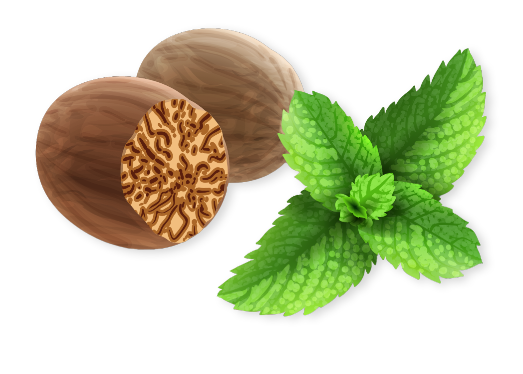How is Endometriosis diagnosed in Ayurveda?
Thursday, April 13, 2023Endometriosis is a common condition that affects millions of women worldwide. It is a condition where the tissue that lines the inside of the uterus grows outside of it, causing pain and discomfort. Ayurveda, an ancient system of medicine from India, offers a holistic approach to the diagnosis and treatment of endometriosis. In this article, we will discuss how endometriosis is diagnosed in Ayurveda.
According to Ayurveda, endometriosis is caused by an imbalance in the three doshas: Vata, Pitta, and Kapha. When these doshas are out of balance, it can lead to the accumulation of toxins in the body, which can lead to the development of endometriosis. Therefore, the diagnosis of endometriosis in Ayurveda involves a thorough assessment of a person’s doshas and overall health.
Diagnosis in Ayurveda involves four main steps:
Prakruti Assessment
Prakruti is a term used in Ayurveda to describe a person’s unique constitution. It is determined by the balance of the three doshas at the time of conception. By assessing a person’s prakruti, an Ayurvedic practitioner can determine their predisposition to certain diseases, including endometriosis.
Vikruti Assessment
Vikruti is a term used in Ayurveda to describe a person’s current state of health. It is determined by assessing the balance of the doshas in the body at the present moment. By assessing a person’s vikruti, an Ayurvedic practitioner can determine if there is an imbalance in the doshas that may be contributing to the development of endometriosis.
Assessment of Symptoms
The symptoms of endometriosis in Ayurveda are similar to those in Western medicine, including painful periods, pelvic pain, heavy bleeding, and infertility. However, Ayurveda also takes into account other symptoms that may be related to the dosha imbalance, such as digestive issues, fatigue, and anxiety.
Examination
Examination in Ayurveda involves the use of various techniques, including pulse diagnosis and tongue examination. Pulse diagnosis involves feeling the pulse at different points on the body to determine the balance of the doshas. Tongue examination involves examining the tongue for signs of dosha imbalance.
Once a diagnosis of endometriosis has been made in Ayurveda, treatment will be tailored to the individual’s dosha imbalance and overall health. Ayurvedic treatment may involve a combination of herbal remedies, dietary changes, lifestyle modifications, and detoxification techniques.
Herbal Remedies
Ayurveda uses a wide range of herbal remedies to treat endometriosis. Some of the most commonly used herbs include ashwagandha, shatavari, turmeric, and ginger. These herbs are believed to help balance the doshas and reduce inflammation in the body.
Dietary Changes
Dietary changes may also be recommended to help balance the doshas and reduce inflammation. An Ayurvedic practitioner may recommend avoiding foods that aggravate the doshas and incorporating foods that help to balance them. For example, a person with a Vata imbalance may be advised to eat warm, nourishing foods, while a person with a Pitta imbalance may be advised to avoid spicy and acidic foods.
Lifestyle Modifications
Lifestyle modifications may also be recommended to help balance the doshas and reduce stress on the body. This may include practicing yoga or meditation, getting regular exercise, and getting enough sleep.
You can write to us.
BOOK APPOINTMENT



























